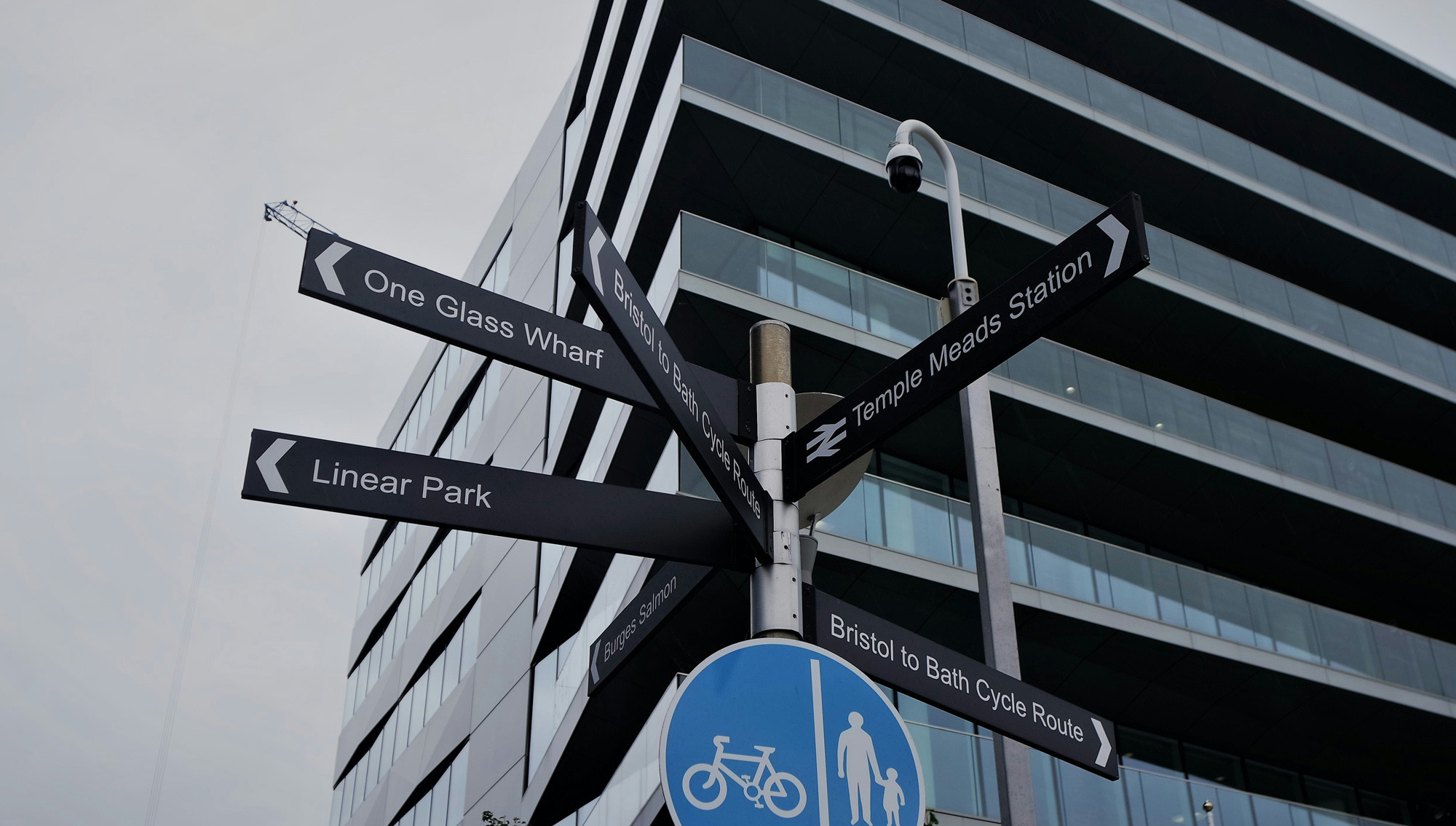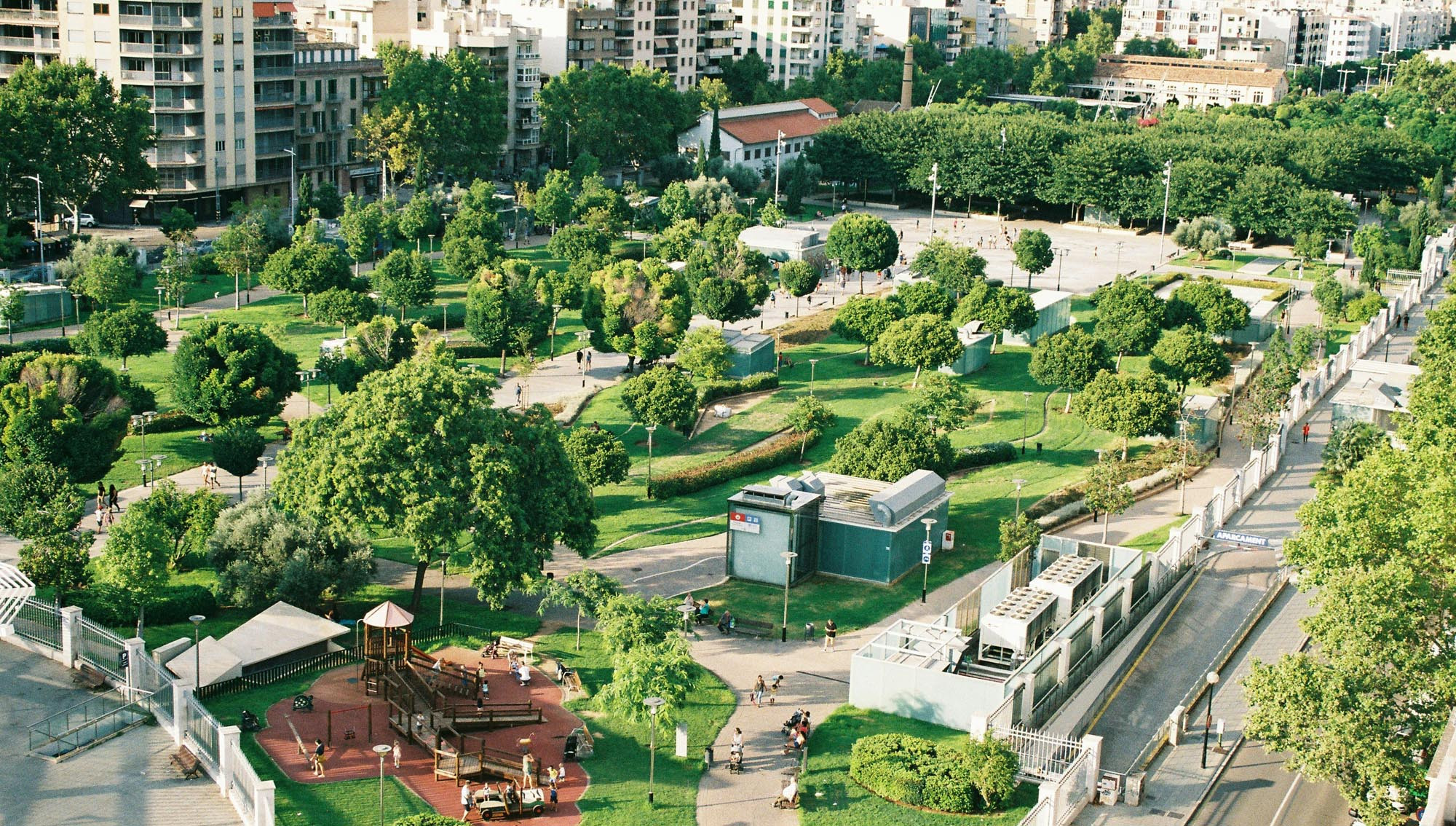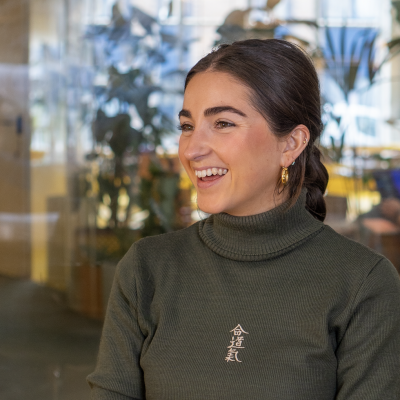Safe cities start with people: building a sense of belonging through design
How safe do you really feel in your own city? The way design promotes a sense of safety is just as important as the physical layout of a city. When someone feels unsafe or vulnerable in their environment, whether due to fear of crime, lack of accessibility or exclusionary social norms, they’re less likely to engage with public spaces, and less likely to feel like they belong.
Safety is not only about policing or infrastructure. It’s about an emotional experience, shaped by how a city makes people feel. When urban environments overlook this, they risk becoming places that feel unsafe. Through the built environment we can play a vital role in shaping how people experience the city, both day and night, by creating comfortable and inviting public spaces.

A recent study by Audiebant found that 30% of people feel unsafe walking alone in their local area after dark. The figure varies significantly between women and men, where 42% of women feel unsafe, and only 17% of men. These feelings of vulnerability are often intensified for disabled or neurodivergent people, and other marginalised communities. Disability Unit’s UK Disability Survey 2021 found that 45% of disabled people reported feeling unsafe in their neighbourhood, 54% worried about being insulted or harassed in public places and 45% worried about being physically attacked by strangers. Many public spaces are not designed with inclusivity in mind, often overlooking the safety or dignity of marginalised communities, if they’re considered at all.

At Mima we believe cities should be designed through the viewpoint of all people. Not just how they move through spaces, but how they experience it emotionally and intuitively. Designing cities without this in mind risks leaving some feeling “designed out” of the urban realm. That is why we focus on creating inclusive wayfinding systems that are not only functional but empathetic, creating clear routes that people can feel comfortable and responsive in.
This blog explores some key approaches for how design can help encourage people to feel safer in the built environment from an inclusive design, wayfinding and behavioural design perspective.
1. Designing trust through the senses
Safety in cities isn’t just about preventing crime, it also involves how care and trust are communicated through every touchpoint of the built environment. Sensory design plays a powerful role in shaping how people perceive safety and navigate their surroundings. As Natasha Davies, Senior Access Consultant at Mima highlighted in The 7 point plan for navigating the path to inclusive wayfinding, “By appealing to multiple senses, you can enhance spatial awareness and facilitate independent navigation.”
Lighting: creating clarity, not harshness
Good lighting is foundational to safe urban design. Lighting should do more than just illuminate - it should guide. Well-lit paths, clear signage, and identifiable landmarks create an intuitive flow, helping people feel oriented and in control.
Poor lighting in public spaces can undermine safety and comfort. Flickering lights, overly bright fixtures, poorly positioned lighting, overgrown greenery or insufficient illumination of a space can create disorienting environments and unsafe spaces. Particularly for individuals with sensory sensitivities.
Cities should prioritise warm, well distributed lighting that minimises harsh shadows and improves facial visibility (like seeing the face of someone approaching or recognising the colours of someone's clothes). This helps create a sense of trust and social safety in shared environments.
Colour and texture: visual and tactile wayfinding
Inclusive wayfinding uses visual and tactile cues to guide and reassure, creating a language that supports all users. Features like tactile paving, high contrast signage and textured materials aid navigation but also signal attentiveness in design. These cues help people feel oriented in a city.
Sound: designing for calm and comprehension
City noises can be chaotic and overwhelming, but feelings of safety can be encouraged by designing with sound in mind. This includes using acoustic absorbent materials, including soft landscaping, to dampen overwhelming noise. This ensures clear, calm, and consistent announcements in transport or public areas, creating quiet zones for decompression in public spaces.
Together, these sensory considerations create what we think of as micro moments of trust, small cues from the environment that make people feel safe.

2. Designing for safety through visibility and social connection
Promoting social interaction through passive surveillance is a key strategy in reducing opportunities for crime using preventative design. Central to the theory Crime Prevention Through Environmental Design (CPTED), this approach shapes the built environment to naturally deter criminal behaviour and support safer communities. A core principle of CPTED is ‘eyes on the street’, a concept developed by urbanist Jane Jacobs. It highlights how natural surveillance, the presence and visibility of people, can make public spaces feel safer and more welcoming.
Spaces that feel isolated can cause feelings of being at risk and defensive behaviours. Whereas spaces designed with visibility, clarity and emotional comfort in mind encourage positive social behaviours where people feel relaxed and comfortable. Design features like avoiding hidden recesses where people can hide, clear sightlines and adequate lighting, create a visible presence of others, reduces the fear of hidden threats, discourages antisocial behaviour and encourages organic social monitoring. This informal surveillance helps keep public areas active and inviting.
Seating arrangements in public spaces also play a key role in promoting visibility and engagement. Orienting benches toward pathways or open spaces allows for easy observation and presence, while thoughtfully designed communal areas encourage continuous interaction. Active community spaces also help foster a shared sense of shared responsibility for both people and place.
When behavioural design is paired with inclusive wayfinding, we create environments that feel more intuitive, welcoming, and respectful of natural human behaviour. This reinforces a sense of trust, liveliness, and connection - key qualities of safe and thriving public spaces.

3. Co-designing for safety
Cities are safest when they reflect the needs of the people who live in them. That means not just designing for communities, but actively designing with them. Co-design invites diverse voices into the decision-making process, particularly those who are most at risk of exclusion. This approach establishes social trust and ensures design decisions reflect real needs, not assumptions.
This is where the '15-minute city' concept can connect meaningfully with co-design. This urban planning model proposes that everyone should be able to access essential services, like work, education, parks, healthcare, and shops, within a 15 minute walk or bike ride. However, a co-designed 15 minute city could look different to one designed by developers. It could take into consideration community input on where lighting feels unsafe, identifying areas where noise increases stress or fear, and understanding ideal spots for bench orientation and placement. These elements create cities that are not only functional, but are inclusive, safe and human centred.
Mima believes safety begins with a sense of belonging. A truly safe city is not one that relies on barriers or warnings, but a city where people feel considered, respected and empowered. By integrating inclusive design, wayfinding, and behavioural insights we can reshape how cities feel - and how people live, work and play.
Written by:

Lily McDougall
Lead Marketing and New Business Associate
Lily has a Masters degree in Politics, Philosophy and Economics, with a keen interest in understanding the why behind people’s behaviors. Recently moved from New Zealand, Lily has experience in policy and place-based research in the design sector.
Lily is passionate about community development and continues to seek opportunities that have a real and positive impact on our people and planet.